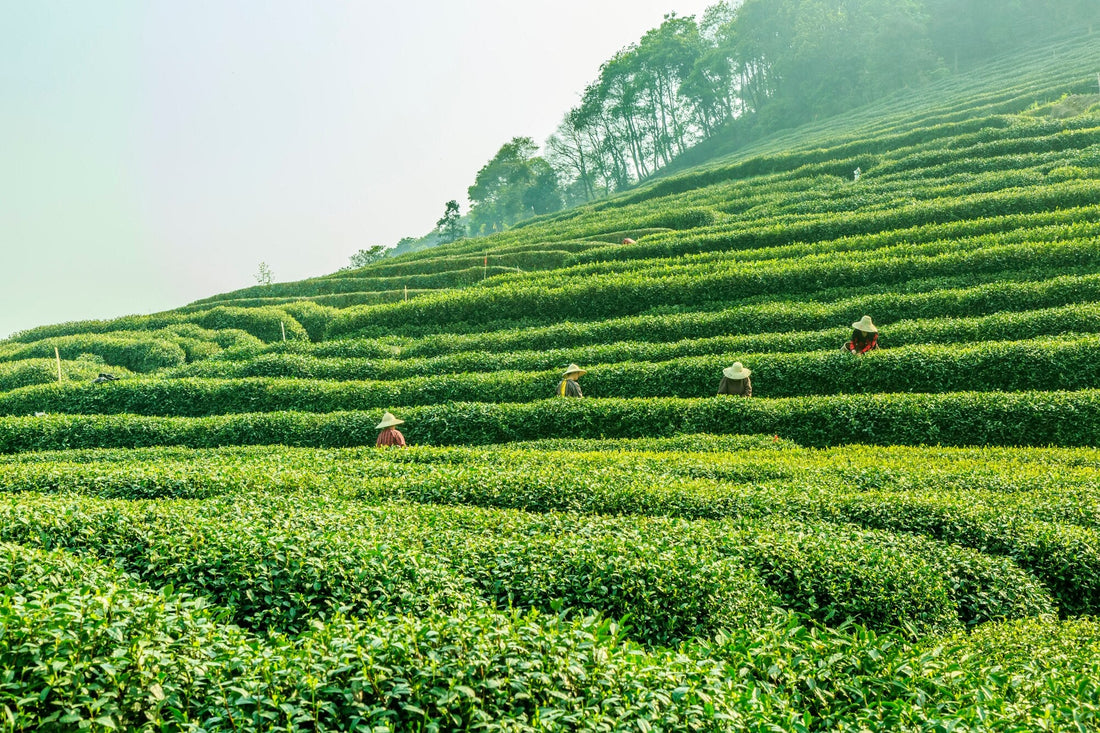
Growing Matcha with Respect for Natural Ecosystems
Share
At the heart of sustainable matcha farming is a deep respect for the natural world. This approach ensures that the delicate balance of local ecosystems is maintained, promoting biodiversity and environmental health. By working with nature, farmers can produce high-quality matcha while preserving the land for future generations.
The process begins with selecting sites for cultivation. Farmers choose areas that allow for minimal disturbance to existing flora and fauna, often incorporating tea bushes into the natural landscape. This careful placement helps preserve biodiversity, which is essential for a thriving ecosystem.
Traditional farming methods play an important role in this harmonious relationship. Organic fertilizers such as compost and natural plant matter enrich the soil without introducing harmful chemicals. This not only improves the growth of tea plants, but also protects the surrounding area from pollution and degradation.
Additionally, matcha cultivation often involves the use of shade growing techniques. By using natural shading methods, such as growing tea plants under the canopy of taller trees, farmers reduce the need for artificial structures and contribute to more sustainable agricultural practices. These shaded environments also provide habitat for a variety of species and support local wildlife.
Water management is another key aspect. Sustainable practices ensure efficient use of water resources, with rainwater capture and reuse systems, reducing pressure on local water supplies.
With these methods, matcha cultivation becomes a model of sustainable farming that respects the intricate web of life within natural ecosystems. By choosing matcha products grown in harmony with nature, consumers can enjoy their tea with the knowledge that they are contributing to the health of the planet.